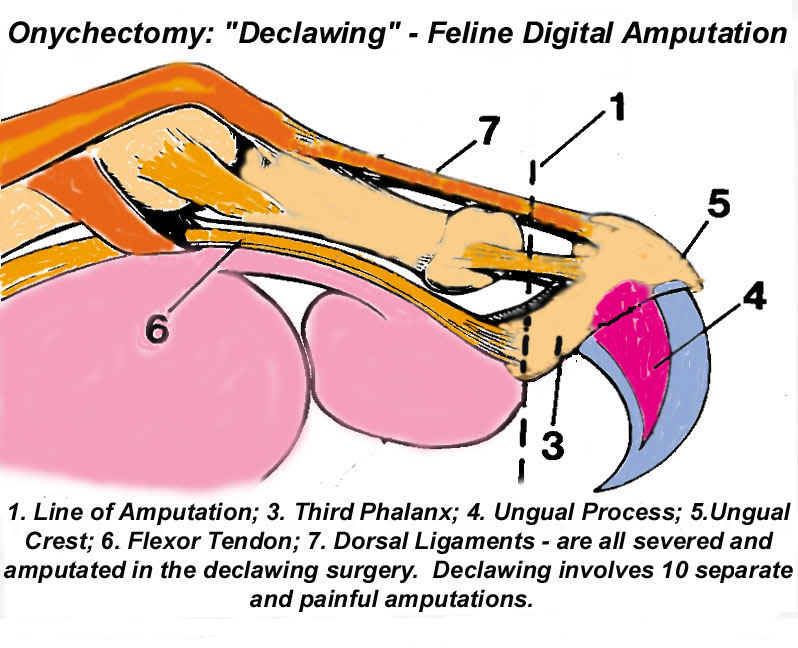Easter pet safety is important during spring celebrations. Pets, like kids, love to get into forbidden goodies. Unfortunately, raiding pets getting into the chocolate supply can face needless suffering-or death.
And each spring, animal clinics and veterinary hospitals see an increase in visits during those springtime holidays and Easter poses the greatest hazards to critters living with chocolate lovers.
Chocolate is toxic to animals and can be fatal because it contains a caffeine derivative (theobromine) and pets cannot fully metabolize chocolate. If enough is ingested it can create complications or kill an animal.
Symptoms from chocolate ingestion include hyperactivity, tremors, racing heartbeat, and seizures. Damage to the liver can also occur and is not so obvious.
This makes it is risky to leave boxes of candy out anywhere in the house.
So, how much chocolate does a dog have to consume before there is a problem?
In general it takes 100-150 mg/kg (2.2 pounds) theobromine to cause a toxic reaction.
Need to know info on theobromine in different chocolates:
- Milk chocolate 44 mg/ounce
- Semisweet chocolate 150mg/ounce
- Baker’s chocolate 390mg/ounce
100 mg/kg (2.2 pounds) roughly translates to a toxic dosage of:
- 1 ounce per 1 pound of body weight for milk chocolate,
- 1 ounce per 3 pounds of body weight for semisweet chocolate, and
- 1 ounce per 9 pounds of body weight for Baker’s chocolate.
Some flowers and plants can be toxic and it is a good idea to check with your veterinarians for a complete list for dogs, cats, or birds or see the toxic/non-toxic plant listing at the ASPCA pet poison information center.
Be sure to keep those flower baskets and potted plants out of reach of your animals too because animals love to explore with their mouths and make playthings out of everything. This means you should expect the worst and keep those lovely gifts and treats out of reach.
But there are other holiday hazards such as alcoholic beverages and wrapping items. Cellophane, ribbons, balloons, and other festive wrappings or decorations can be ingested and cause complications or death. Alcohol, often left out in glasses during celebrations, is another toxic item and should not be given to any pet.
You can combat some of the trouble if you make sure to provide special chew treats to occupy pets during egg hunts and other related activities during Easter and May Day celebrations. Also take care to note where all the human tidbits are hidden so that the pets don’t find the ones that got missed at a later date and get sick.
Easter Pets of the Past
In the past, Easter pets such as live chicks, ducks and bunnies were a common trend. However, thousands of these animals died from lack of proper care and stress. So, giving a live pet during this holiday is usually considered inhumane.
The best strategy is to teach children about responsible pet ownership or about being good animal caretakers. More appropriate efforts included the gift of a stuffed animal, an adoption certificate, or an Easter basket with novelty items such as Easter themed coloring books, toys, or snacks.
In fact, many zoos, farms, and shelters allow you to sponsor the care of an animal. These efforts help creatures of all types and teach responsible stewardship. You can also sponsor wildlife habitat. These types of stewardship or sponsorship certificates for animal lovers can be included in your baskets. If you want to give chicks as a gift, make a difference and give a flock of them to a needy family through Heifer International.
If you still insist on giving a live critter, remember that Easter babies require special care, feeding and temperatures. Ducks and chicks can carry salmonella and are not ideal pets since children can break their bones or cause other injuries by accident. Often other pets maim or kill them, and those once traditional Easter pets are not as amiable to attention as a dog or a cat.
Bunnies are cute when young but can live long lives. Unless trained, many rabbits do not like being confined and cuddled. They can bite or inflict pain to youngster by struggling and kicking with their hind legs. Rabbits can also be destructive and messy. These lagomorphs are at risk from dogs and cats, and many kids exhibit allergies to these animals.
Sadly, most Easter pets die in a few days or end up at animal service agencies where they are destroyed because they cannot be placed.
Instead, consider sharing the holidays with your humane pals and existing pets. Provide appropriate chew treats and toys to occupy your pets during your celebrations and spend extra time with pets or take a fun trip to a petting zoo or children’s zoo and enjoy close contact without the challenges.



